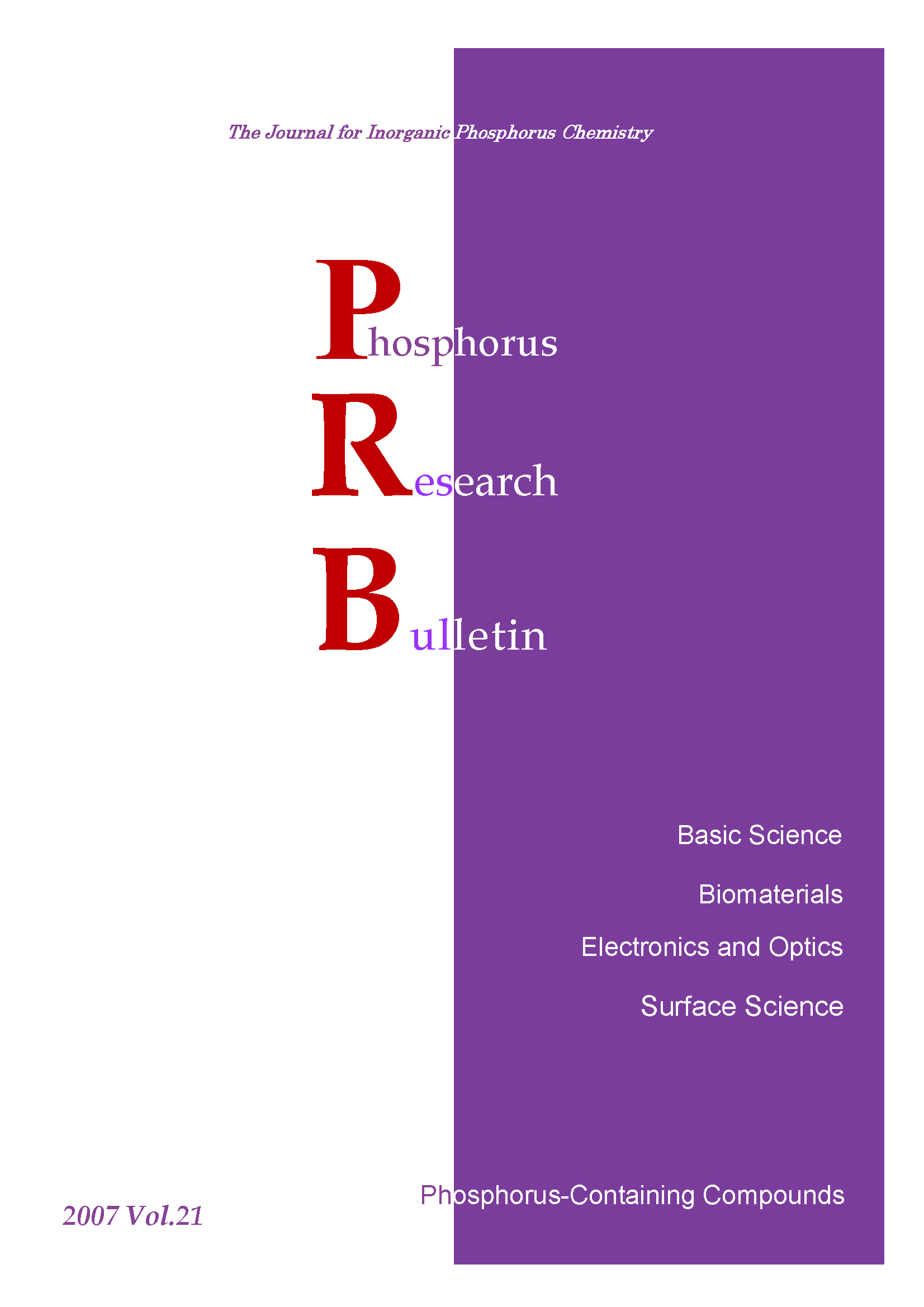Volume 35
Displaying 1-9 of 9 articles from this issue
- |<
- <
- 1
- >
- >|
-
2019 Volume 35 Pages i-
Published: 2019
Released on J-STAGE: May 29, 2019
Download PDF (39K) -
2019 Volume 35 Pages 1-8
Published: 2019
Released on J-STAGE: May 29, 2019
Download PDF (1068K) -
2019 Volume 35 Pages 9-15
Published: 2019
Released on J-STAGE: August 12, 2019
Download PDF (1155K) -
2019 Volume 35 Pages 16-22
Published: 2019
Released on J-STAGE: August 12, 2019
Download PDF (504K) -
2019 Volume 35 Pages 23-37
Published: 2019
Released on J-STAGE: October 22, 2019
Download PDF (1143K) -
2019 Volume 35 Pages 38-41
Published: 2019
Released on J-STAGE: November 12, 2019
Download PDF (451K) -
2019 Volume 35 Pages 42-47
Published: 2019
Released on J-STAGE: November 12, 2019
Download PDF (567K) -
2019 Volume 35 Pages 48-54
Published: 2019
Released on J-STAGE: December 11, 2019
Download PDF (942K) -
2019 Volume 35 Pages 55-58
Published: 2019
Released on J-STAGE: December 18, 2019
Download PDF (464K)
- |<
- <
- 1
- >
- >|
